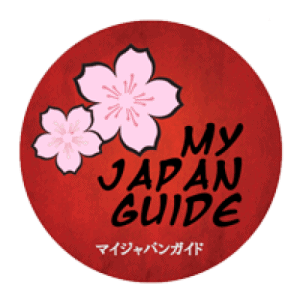Pronounced “kaiseki“, it can written in two ways, with different kanji (Chinese characters) and two different meanings. One (懐石) has the same kanji as chakaiseki (茶懐石), which is the formal tea (cha) ceremony, with kaiseki a modest meal with strict rules, served as a preliminary to enjoying matcha. In fact, kaiseki means “stones in the bosom” which refers to the stones (seki, or 石) that ascetic Zen monks were placing in their robes (kai, or 懐), on their stomachs, to fight hunger.
Today, kaiseki (会席) is known as a social meeting (kai, or 会), with seating (seki, or 席), that pays respect to sake as much as tea. Relaxed in its rules, this form of kaiseki has become luxurious and elaborate compared to its humble roots and is now the Japanese version of Haute Cuisine, the ultimate in Japanese fine dining.
Kaiseki features small seasonal plates served in succession, that balances the taste, texture, appearance, and colors of food, pushing rice to the end not to conflict with the sake. There can be 6 to 15 different kinds of food such as:
- “shiizakana” (appetizers served with Japanese sake)
- “mukouzuke” (sashimi – slices of raw fish)
- “kuchitori” (a small side dish)
- “suimono” (a soup)
- “nimono” (simmered vegetables)
- “aemono” (food dressed with sauce)
- “kounomono” (Japanese pickles)
- “hassun” (food from the mountains and the sea)
- “sunomono” (food marinated in vinegar)
- “yakimono” (grilled fish)
- “mushimono” (steamed food)
- “nabemono” (Japanese hot pot)
- rice
- miso soup
- dessert
Kaiseki menu changes throughout the year, beginning in November when the year’s first tea is ready for grinding. The year is divided into season or kisetsu, and both the food and the tableware reflect the changing months and seasons.

